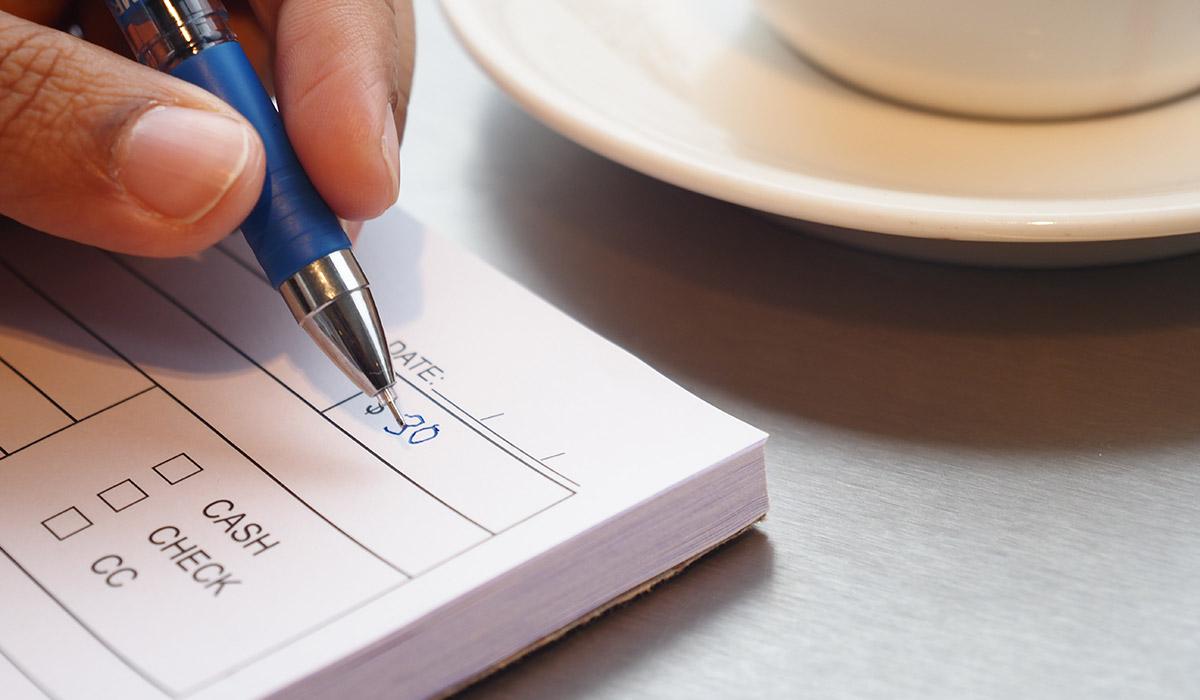Understanding Self-Billed E-Invoices
A self-billed e-invoice is a unique invoicing process where the buyer, instead of the supplier, issues the invoice for certain types of transactions. This approach simplifies transactions by allowing the buyer to create and submit the e-invoice, serving as proof of the buyer’s expenses and the supplier’s income. The self-billed e-invoice is then validated through platforms such as the MyInvois Portal and can be used for tax purposes.
Here are key scenarios where a buyer must issue a self-billed e-invoice:
- Payments to agents, dealers, or distributors – Common in industries involving intermediaries.
- Goods or services from foreign suppliers – When dealing with international vendors, buyers assume the responsibility of invoicing.
- Profit distributions – This includes dividend payments or similar financial disbursements.
- E-commerce transactions – For businesses involved in online sales, this method ensures seamless reporting.
- Payouts to betting and gaming winners – This applies to gaming-related businesses when issuing payments to winners.
- Transactions with individuals who are not in business – Self-billed invoices are used in cases where the seller is not conducting a business.
- Interest payments, excluding payments made by financial institutions or between employees and employers.
Once the buyer submits the self-billed e-invoice for validation, the invoice will include a QR code, which can be verified via the MyInvois Portal. This QR code is crucial for ensuring the authenticity and status of the invoice. When validation is completed, the buyer must share the verified invoice with the supplier.
By taking on the role of issuing the invoice, the buyer helps streamline the tax process, ensuring that both parties have accurate, validated documentation. The process also eliminates the need for the supplier to issue an additional invoice for the same transaction, thereby simplifying administrative work and improving efficiency in tax reporting.














